
Some of the more common causes of upper central abdominal pain are gastritis, which is an inflammation of the stomach or erosion of the stomach lining, pancreatitis, cholecystitis, biliary colic, and heartburn.
Pain in the upper abdominal region is noticed directly under the breastbone, between the rib cages and the stomach.
One of the most common causes of abdominal pain is indigestion, which seven out of 10 people will experience in their lifetimes.
The pain usually lasts only several minutes and can be associated with bloating, nausea and burping. Heavy meals which are rich in spicy food often cause indigestion.
If indigestion causes abdominal pain or chest pain that lasts more than half an hour, urgent medical attention should be sought, because more serious problems, such as heart attacks, might be nearing.
Another consequence of indigestion is often heartburn, though many medical professionals use indigestion and heartburn interchangeably to describe this kind of abdominal pain.
Heartburn is caused by the reflux of acids from the stomach into the lower part of the esophagus.
However, the pain coming from heartburn is not felt in the abdominal region, but rather, behind the breastbone, around the chest area.
Gastritis is a bit more serious and involves an inflammation of the stomach wall, which causes irritation and erosion of the stomach lining.
Gastritis sometimes results from excessive consumption of alcoholic beverages.
If a person has recently been drinking more than normal and is experiencing upper abdominal pain, it might be gastritis.
Pancreatitis is similar to gastritis in the way the pain manifests, and the difference between the two can only be uncovered with a blood test or ultrasound.
Medications like ibuprofen and Aspirin can also cause gastritis if used excessively, and if the condition persists for a longer period of time, it can result in the appearance of an ulcer or even stomach bleeding and perforation.
Stomach ulcers are more serious and occur in the wall of the stomach due to the erosion of the stomach lining. It can be more painful when eating, and sometimes people with ulcers lose weight because of refraining from consuming food normally.
Endoscopes must be use to help see the ulcer, and it is always better to have a doctor check the problem area to make sure it is an ulcer and not some form of stomach cancer.
A duodenal ulcer causes pain both in the abdomen and spreads to the back as well.
Gallstones are stones that are formed from bile that is produced by the liver and stored in the gallbladder.
These stones could lead to potentially dangerous gallbladder diseases such as biliary colic and cholecystitis, which cause a significant amount of upper abdominal pain.
Angina is a heart problem that can lead to upper abdominal pain and spread to severe pain in the chest and left arm.
If the pain lasts for over a half hour, it is then classified as a heart attack.
It is best to contact a doctor once any kind of sharp abdominal pain occurs in order to identify the problem and receive the appropriate medication for remedying the condition causing the pain.





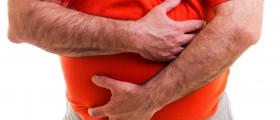

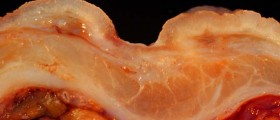



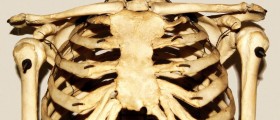

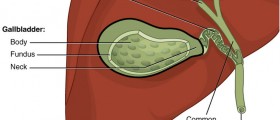

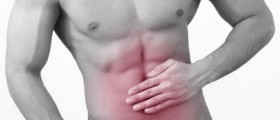

Your thoughts on this
Loading...